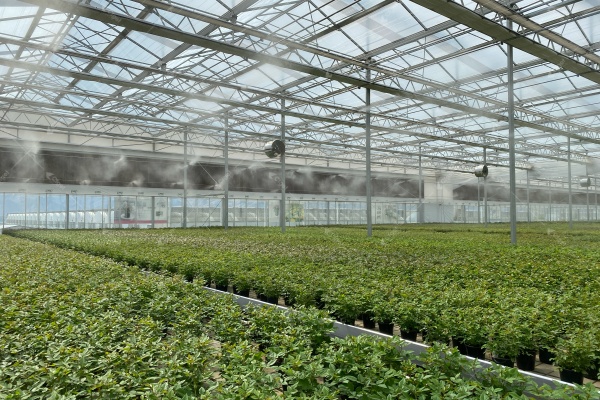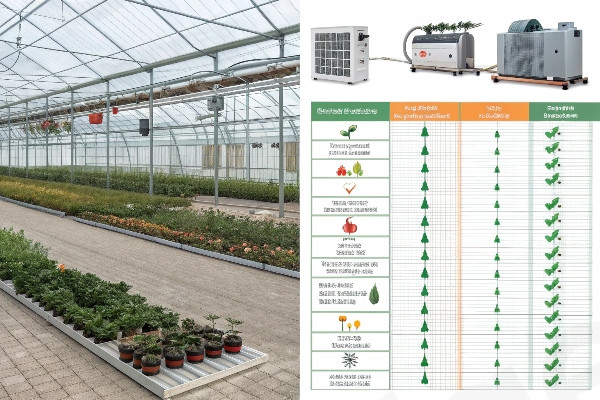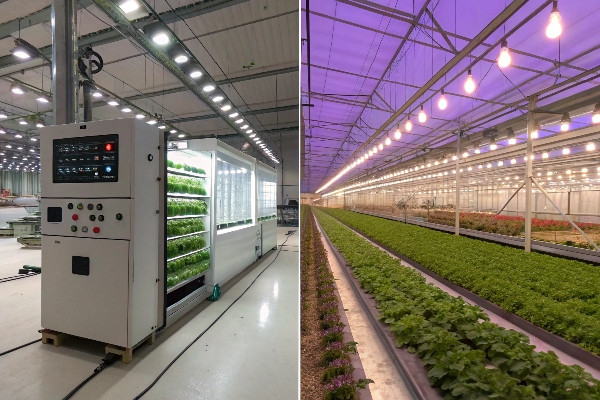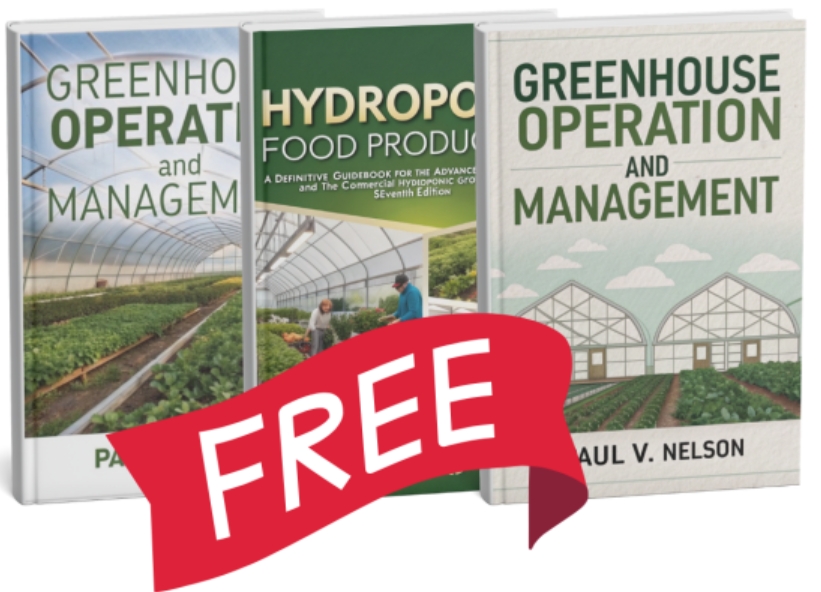Commercial greenhouse selection overwhelms many growers. With dozens of structural options and technology levels, choosing the wrong design costs time, money, and crop potential.
Commercial greenhouses range from simple polyethylene structures to sophisticated climate-controlled facilities with advanced automation. Each design serves specific crops, climates, and operational scales. Understanding structural differences, environmental capabilities, and economic factors helps growers select optimal greenhouse types for their unique growing requirements and market conditions.
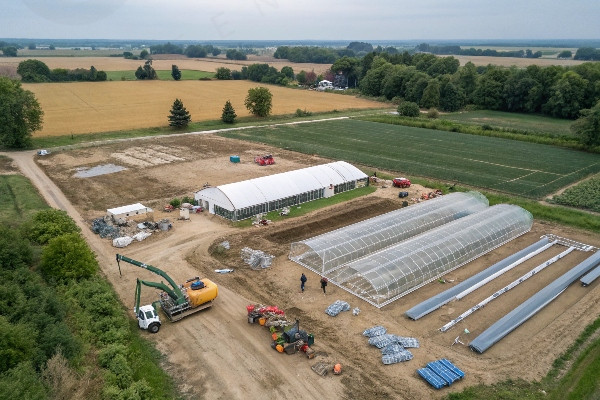
Modern commercial operations utilize diverse greenhouse designs for different crops.
After nearly three decades designing greenhouse systems worldwide, I have witnessed the evolution from basic structures to sophisticated growing environments. The greenhouse industry has developed specialized designs that address specific growing challenges, climate conditions, and crop requirements across different regions and markets.
Basic Greenhouse Types: Economy and Practicality of Poly Greenhouses and Single-Spans?
Starting growers often struggle with high initial investments that strain budgets. Complex systems can overwhelm operators without extensive technical experience.
Polyethylene greenhouses and single-span structures provide cost-effective entry points into controlled environment agriculture. These basic designs offer essential climate protection and season extension at 40-60% lower costs than advanced systems, making them ideal for new growers, seasonal operations, and crops requiring minimal environmental control.
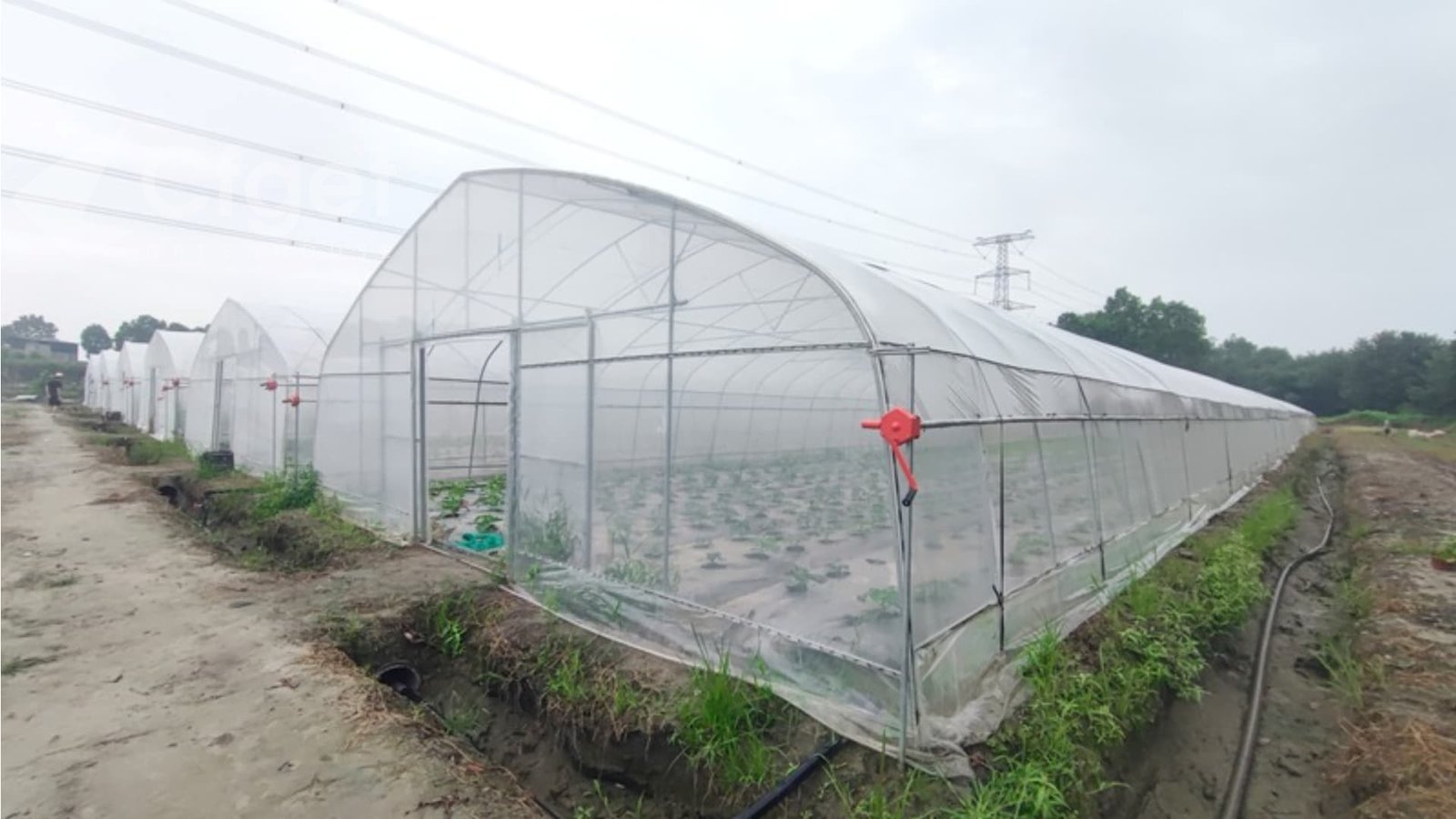
Simple poly structures provide essential protection at minimal investment.
Polyethylene greenhouses represent the most economical entry into protected cultivation. These structures use galvanized steel or aluminum frames covered with single or double-layer polyethylene film. The covering material costs significantly less than glass or polycarbonate panels, reducing initial investment requirements for budget-conscious growers. We have installed thousands of these systems across Central Asia and Southeast Asia, where cost considerations often determine project feasibility.
Single-span greenhouses typically measure 20-30 feet wide and can extend to any desired length. The simple gable roof design sheds water effectively while providing adequate internal height for most crops. Natural ventilation through roof and side vents maintains acceptable growing conditions for hardy vegetables, herbs, and flowers without requiring expensive climate control equipment.
Construction simplicity makes these greenhouses attractive for growers with limited technical resources. Basic hand tools and general construction skills suffice for assembly, reducing installation costs significantly. The lightweight structure requires minimal foundation work, often using simple concrete footings or ground anchors rather than extensive concrete foundations needed for heavier greenhouse types.
Maintenance requirements remain minimal with polyethylene structures. The plastic covering typically requires replacement every 3-4 years, but the low material cost makes this routine maintenance economically acceptable. Frame components last 15-20 years with proper galvanizing or powder coating, providing excellent long-term value for basic protection needs.
These structures work particularly well for seasonal growing operations, plant propagation, and crops that tolerate wider temperature and humidity ranges. Leafy greens, herbs, cut flowers, and vegetable transplants thrive in poly greenhouses with minimal additional equipment beyond basic irrigation systems.
Specialized Greenhouses Explained: Unique Needs of Fruit Tree, Aquaculture, and Livestock Greenhouses?
Standard greenhouse designs fail to meet specialized production requirements. Unique crops and animals need customized environments that generic structures cannot provide effectively.
Specialized greenhouses incorporate specific design features for unique applications. Fruit tree greenhouses require higher clearances and stronger structures for tree support. Aquaculture greenhouses integrate water systems with climate control for fish and plant production. Livestock greenhouses combine animal housing with environmental protection for year-round production.

Specialized designs accommodate unique production requirements beyond traditional crops.
Fruit tree greenhouses require substantial modifications from standard vegetable production structures. Height clearances of 12-16 feet accommodate mature tree canopies, while reinforced framing supports the additional weight of trees, soil, and fruit loads. We design these structures with wider spans to allow equipment access for pruning, harvesting, and maintenance operations that standard greenhouse layouts cannot accommodate.
The environmental control systems in fruit tree greenhouses must manage larger air volumes and different microclimates created by tree canopies. Heating systems require higher capacity to warm the increased greenhouse volume, while ventilation systems must create adequate air circulation through dense foliage. Specialized irrigation systems deliver water and nutrients to root zones that may extend 6-8 feet deep, requiring different approaches than shallow-rooted vegetable crops.
Aquaculture greenhouses combine fish production with plant growing systems, creating integrated aquaponic operations. These facilities require specialized foundation systems to support heavy water tanks, while environmental controls must maintain conditions suitable for both aquatic animals and plants. Water temperature regulation becomes critical, often requiring separate heating systems for fish tanks and air temperature control for plant areas.
The structural design must accommodate water circulation equipment, filtration systems, and access for fish management operations. Humidity control becomes more challenging with large water surfaces contributing moisture to the greenhouse atmosphere. Specialized ventilation systems manage this excess humidity while maintaining optimal growing conditions for plants.
Livestock greenhouses integrate animal housing with controlled environment agriculture, creating year-round production systems for regions with harsh climates. These structures require specialized ventilation systems that manage animal waste gases while maintaining air quality for both animals and any integrated plant production. Flooring systems must handle animal waste while supporting equipment and feed storage areas.
Advanced Structures and Roof Designs: Advantages of Venlo, Sawtooth, and Dome Greenhouses?
Basic greenhouse designs limit expansion possibilities and environmental control precision. Simple structures cannot support advanced technology integration or large-scale commercial operations.
Advanced greenhouse structures offer superior environmental control, structural strength, and operational efficiency. Venlo designs provide excellent light transmission and ventilation through multiple roof peaks. Sawtooth greenhouses maximize natural lighting while enabling precise climate zones. Dome structures offer optimal strength-to-weight ratios and unique growing environments.
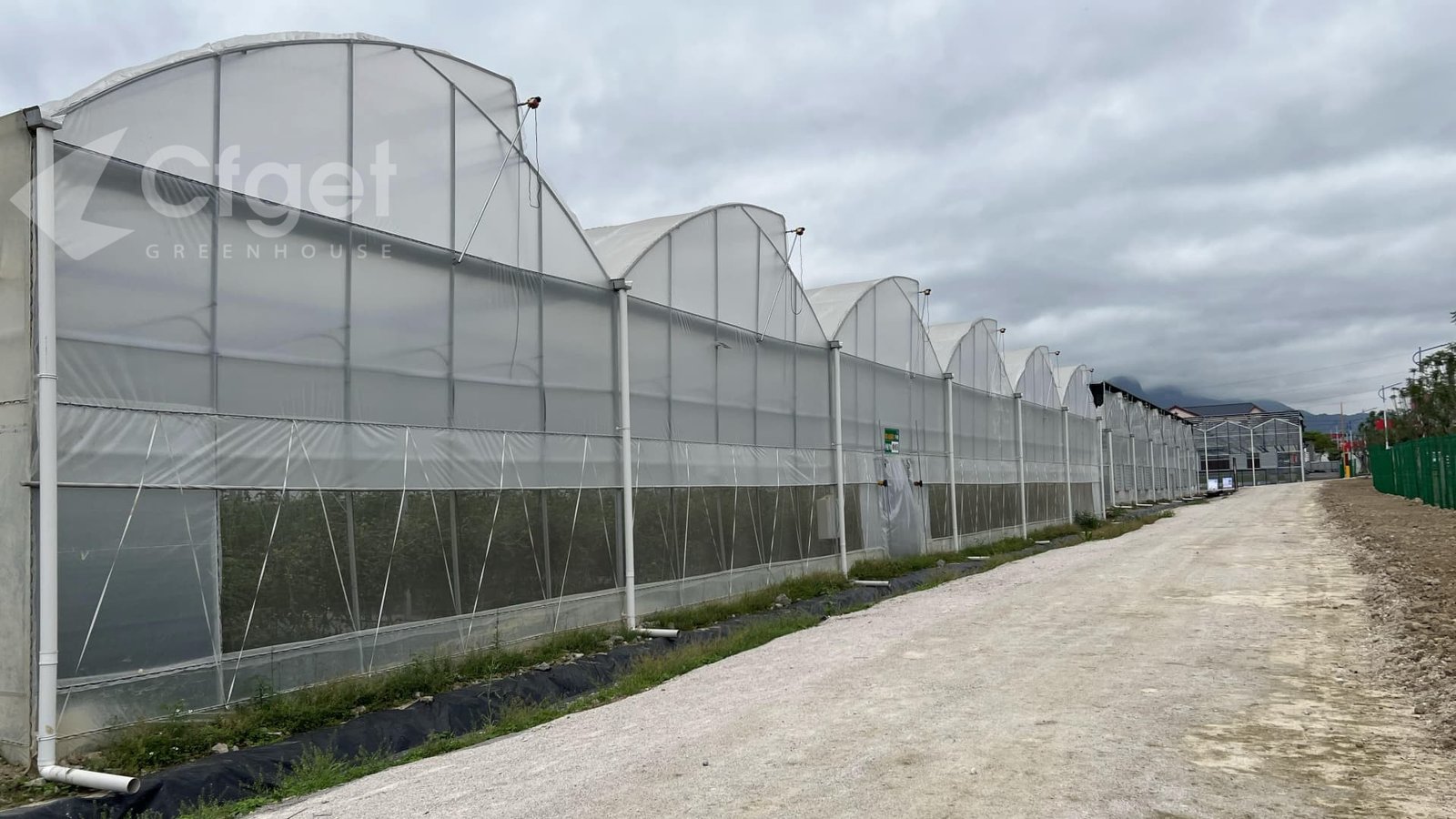
Advanced structures enable large-scale operations with superior environmental control.
Venlo greenhouses represent the gold standard for large-scale commercial production. These multi-span structures connect individual greenhouse bays through shared gutters, creating enormous growing areas under single roof systems. Each span typically measures 12-20 feet wide, with facilities extending hundreds of feet in both length and width. The multiple roof peaks provide excellent natural ventilation through ridge and side vents, while the structural design supports heavy equipment loads including heating pipes, irrigation systems, and crop support structures.
The glass covering on Venlo greenhouses provides maximum light transmission, crucial for high-value crops requiring intense illumination. The structural framework uses minimal materials while providing exceptional strength, allowing large unobstructed growing areas that facilitate mechanized operations. Our Venlo installations across Europe and North America demonstrate the scalability of these designs, with some facilities covering 10-20 acres under single structures.
Sawtooth greenhouses feature asymmetrical roof designs with steep south-facing slopes and nearly vertical north-facing sections. This configuration maximizes natural light capture during winter months while providing excellent summer ventilation through the vertical roof sections. The design works particularly well in northern climates where winter light becomes limiting for plant growth.
The structural advantages of sawtooth designs include excellent snow load distribution and superior natural ventilation patterns. The vertical roof sections house large ventilation openings that create strong convection currents, reducing cooling costs during hot weather. The design also allows integration of different environmental zones within single structures, enabling diverse crop production under one roof.
Dome greenhouses utilize geodesic structural principles to create incredibly strong lightweight frameworks. The curved surfaces shed wind loads effectively while providing maximum internal volume with minimal surface area, reducing heating and cooling costs significantly. The unique geometry creates interesting growing environments with varying light angles throughout the day, beneficial for certain specialty crops.
These structures work particularly well for research facilities, botanical displays, and specialty crop production where unique growing conditions provide marketing advantages. The structural efficiency allows construction of large growing spaces with minimal foundation requirements, making them suitable for challenging soil conditions or temporary installations.
Technological Innovations: Light Deprivation, Vertical Farms, and Smart Environmental Control Systems?
Traditional greenhouse operations rely on manual monitoring and control systems. Labor-intensive management limits operational efficiency and crop quality consistency.
Modern greenhouse technology integrates automated environmental controls, precision lighting systems, and data-driven management platforms. Light deprivation systems enable photoperiod manipulation for specialty crops. Vertical growing maximizes space utilization through multi-level production. Smart control systems optimize growing conditions automatically while reducing labor requirements and operational costs.

Integrated technology systems enable precision agriculture and automated operations.
Light deprivation technology transforms greenhouse capabilities for photoperiod-sensitive crops. Automated blackout curtain systems provide precise day-length control, enabling multiple harvests per year for crops like cannabis, chrysanthemums, and specialty vegetables. The systems integrate with environmental controls to maintain optimal growing conditions during light manipulation periods, ensuring consistent crop quality and timing.
Our light deprivation installations utilize motorized curtain systems with programmable controllers that adjust photoperiods according to crop requirements and market demands. The technology allows growers to trigger flowering or fruiting responses regardless of natural day length, providing significant competitive advantages in timing products for peak market prices.
Vertical farming systems maximize greenhouse productivity through multi-level growing environments. LED lighting arrays provide precise light spectrums for each growing level, while automated irrigation and nutrient delivery systems service multiple production tiers simultaneously. These systems can increase production per square foot by 300-500% compared to traditional single-level growing.
The technology works particularly well for leafy greens, herbs, and microgreens that require minimal vertical growing space. Automated seeding, transplanting, and harvesting equipment integrates with vertical systems to create highly efficient production lines that minimize labor requirements while maximizing output quality and consistency.
Smart environmental control systems represent the culmination of greenhouse technology integration. These platforms monitor dozens of environmental parameters continuously, adjusting heating, cooling, ventilation, irrigation, and lighting systems automatically to maintain optimal growing conditions. Machine learning algorithms analyze plant responses and environmental data to optimize control strategies over time.
The systems integrate weather forecasting data to anticipate environmental changes, pre-adjusting greenhouse conditions to maintain stability during weather transitions. Remote monitoring capabilities allow growers to manage multiple facilities from centralized locations, while automated alerts notify operators of any conditions requiring immediate attention.
Data collection and analysis capabilities provide insights into crop performance, resource utilization, and operational efficiency that enable continuous improvement in growing practices. The technology reduces labor requirements significantly while improving crop quality consistency and resource use efficiency, justifying the investment through improved profitability and reduced operational risks.
Conclusion
Commercial greenhouse diversity reflects the varied needs of modern agriculture, with designs ranging from simple poly structures to sophisticated automated facilities that optimize growing conditions for specific crops and markets.
